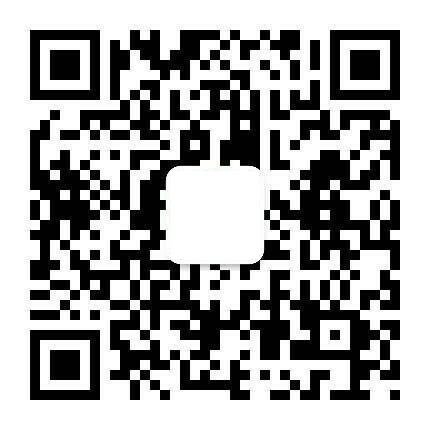时间:2017年7月5日(周三)下午4:30-6:00
地点:物理馆323会议室
报告题目1:Ultrafast
nanoscopy: imaging structure, function, and dynamics of matter on its natural
length and times scales
Abstract: I
will present the advances in multimodal linear, nonlinear, and spatio-temporal
nano-imaging for the study of fundamental optical and plasmonic phenomena,
coupled single molecule or quantum dynamics, with unprecedented nanometer
spatial and femtosecond resolution, sensitivity and precision. To gain the
desired simultaneous nanometer spatial resolution with spectroscopic specificity
and femtosecond temporalResolution,we combine
plasmonic and optical antenna concepts with ultrafast and shaped laser pulses to
precisely control optical excitation on femtosecond time and nanometer length
scales from the visible to THz spectral range. I will present several new
concepts and examples extending tip-enhanced spectroscopy into the nonlinear and
ultrafast regime for nano-scale imaging and spectroscopy of surface molecules
and nanosolids.
报告题目2:Science
Advances: Pushing boundaries of knowledge through open access, not-for-profit
publishing
Abstract:
This presentation will describe the
mission and growth of Science Advances, the Editorial board and peer review
process and standard, and review citation history to date. The journal was
launched in 2015 and is led by over 110 academic editors who are high profile
working scientists across all disciplines. The journal covers a broad spectrum
of topics of all areas of science. The scope is to capture cutting edge research
that is ground breaking both within and across disciplinary
specialities.
报告人简介:
Markus Raschkeis professor at the Department of Physics, Department of
Chemistry, and JILA at the University of Colorado at Boulder. His research is on
the development and application of new nano-scale nonlinear and ultrafast
spectroscopy techniques to control the light-matter interaction on the
nanoscale. These techniques allow for imaging structure and dynamics of
molecular and correlated matter with nanometer spatial resolution. He received
his PhD in 2000 from the Max-Planck Institute of Quantum Optics and the
Technical University in Munich, Germany. Following research appointments at the
University of California at Berkeley, and the Max-Born-Institute in Berlin, he
became faculty member at the University of Washington in 2006, before moving
with his group to Boulder in 2010. He is fellow of the Optical Society of
America, the American Physical Society, and the American Association for the
Advancement of Science.
 报告题目1的详细摘要.pdf
报告题目1的详细摘要.pdf
物理科学与技术学院
2017.7.4
 地址:四川省成都市九眼桥望江路29号
地址:四川省成都市九眼桥望江路29号
 电话:028-85412322(党政办)028-85412323(学科办)028-85415561(教务办)028-85410030(学生科)
电话:028-85412322(党政办)028-85412323(学科办)028-85415561(教务办)028-85410030(学生科)
 邮编 :610064
邮编 :610064







 English
English 
